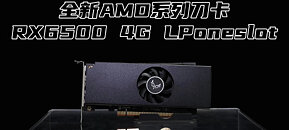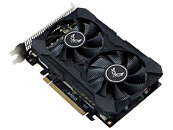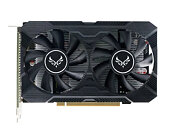
AMD Adds a Pair of New Ryzen Z2 SoCs to its Lineup of Handheld Gaming Chips
AMD's Z2 series of processors for handheld gaming devices has been expanded with a pair of new chips, namely the Ryzen AI Z2 Extreme and the Ryzen Z2 A. From AMD's naming scheme, one would assume that the two are quite similar, but if you've kept track of AMD's Z2 product lineup, you're most likely already aware that there are some major differences between the three older SKUs and this time around, we get a further change at the low-end. The new top of the range chip, the Ryzen AI Z2 Extreme appears to be largely the same SoC as the older Ryzen Z2 Extreme, with the addition of a 50 TOPS NPU for AI tasks, which appears to be shared with many of AMD's mobile SoCs.
However, the new low-end entry, the Ryzen Z2 A appears to have more in common with the Steamdeck SoC, than any of the other Z2 chips. It sports a quad core, eight thread Zen 2 CPU, an RDNA 2 based GPU with a mere eight CUs and support for LPDDR5-6400 memory. On the plus side, it has a TDP range of 6-20 Watts, suggesting it would allow for better battery life, assuming devices based on it get a similar size battery as a handheld based on one of the higher-end Z2 SoCs. ASUS is using both of these chips in its two new ROG Ally handheld gaming devices, but Lenovo is expected to follow shortly with its own handheld devices.
However, the new low-end entry, the Ryzen Z2 A appears to have more in common with the Steamdeck SoC, than any of the other Z2 chips. It sports a quad core, eight thread Zen 2 CPU, an RDNA 2 based GPU with a mere eight CUs and support for LPDDR5-6400 memory. On the plus side, it has a TDP range of 6-20 Watts, suggesting it would allow for better battery life, assuming devices based on it get a similar size battery as a handheld based on one of the higher-end Z2 SoCs. ASUS is using both of these chips in its two new ROG Ally handheld gaming devices, but Lenovo is expected to follow shortly with its own handheld devices.




























































